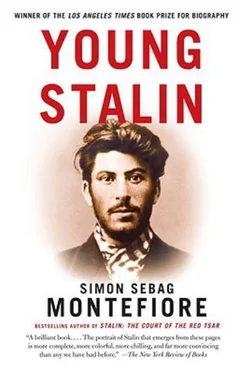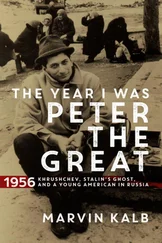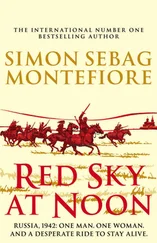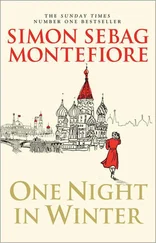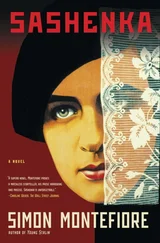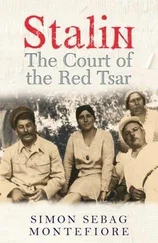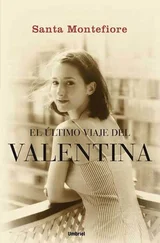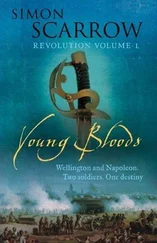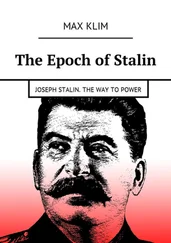The Bolshevik Military Organization ignored Lenin’s caution, showing that the Bolsheviks were still far from a disciplined force under a single leader. On the contrary, they remained insubordinate and fractious. The slavish monolith of the Party of Stalin was still years in the future.
Some broke into the palace where the Soviet sat under siege, refusing to take power. The mob seized Chernov, the frail SR leader, and started to lynch him until, in a virtuoso performance, Trotsky intervened, leaped onto a limousine, addressed the sailors and rescued the terrified politician.
Stalin’s Menshevik henchman from Baku, Vyshinsky, was head of Moscow’s Arbat region militia under Kerensky and signed arrest warrants for top Bolsheviks, including Lenin. After October, he joined the Bolsheviks. His shameful obedience to Kerensky ensured canine submission to Stalin to whose whim he owed his very survival.
Just as the police were known as pharaohs so any military officers were nicknamed “Junkers” after the Prussian noble military class.
Emelianov was arrested in the Great Terror. Krupskaya supposedly interceded on his behalf and he, along with his entire family, was kept in confinement until Stalin’s death.
Thus Stalin designed his first semi-military tunic, a look probably copied from Kerensky, who now regarded himself as a Russian Napoleon: the vain Premier already lived in his own military uniform, boots and tunic despite having no military experience whatsoever. Stalin would wear this tunic for the rest of his life, often with a worker’s cap. Lenin had now ceased to wear his Homburg hat and favoured workers’ brimmed caps. In the Civil War, the so-called Party tunic, leather cap, coat, boots and Mauser became almost the Bolshevik uniform and symbolized the military nature of the Bolshevik.
That summer, the other intriguing Party scandal was that Kamenev was accused of having been an Okhrana agent: the Central Committee asked Stalin to inform the Soviet Executive Committee. There was an investigation. Kamenev was cleared on 30 August.
After its humiliation in the July Days, the Soviet was moved out of the Taurida Palace into another neo-classical edifice next door, the Smolny Institute, built by Catherine the Great as a boarding-school for noble girls, where all the parties, including the Bolsheviks, now set up their offices. It was from the Smolny that Zinoviev and then, after his downfall in 1926, Sergei Kirov, a young protégé of Stalin’s, ruled Leningrad. Here, in 1934, Kirov was assassinated, a crime which, whether or not it was organized by Stalin, provided the excuse for the Great Terror. During the Siege of Leningrad, the city was ruled from the Smolny. Today, it houses the office of the mayor of St. Petersburg.
Another conciliatory gesture to Kamenev that shows Stalin’s instinct for maintaining some balance between Lenin and Trotsky, on the one hand, and the moderates on the other, in the Party. This was to pay rich dividends in the struggle to succeed Lenin.
In this rarely quoted article of 20 October, biblically entitled “The Strong Bulls of Bashan Have Beset Me Round!,” Stalin warned how he and the Party would regard intellectuals and artistic celebrities in their new Russia. Maxim Gorky, despite being a longtime supporter and funder of the Bolsheviks, now had severe reservations, declaring, “I cannot keep silent.” Stalin mocked such “terrified neurasthenics… verily ‘strong bulls of Bashan have beset me round,’ threatening and imploring. Here’s our reply!” Stalin warned that “there is a general croaking in the marsh of our bewildered intellectuals. The Revolution has not cringed before celebrities but has taken them into our service or, if they refused to learn, has consigned them to oblivion.”
Trotsky preferred to use his own new recruits to the Bolshevik Party, such as Antonov-Ovseenko, as his top operatives on the MRC, which had existed since 9 October. Sverdlov, Molotov and Dzerzhinsky were members. Why not Stalin? It is possible Stalin’s confrontation with the Military Organization in August or just his general truculence inhibited Sverdlov from inviting him to join. But it is more likely Stalin was simply busy with his press responsibilities and communications with Lenin, both vital. As for the Centre, on which Stalin served, it never met, even though his propagandists claimed that it was the real centre of the Revolution.
“Within the Military-Revolutionary Committee, there are two points of view,” said Stalin. “The first is that we organize an uprising at once and the second is that we consolidate our forces. The CC has sided with the second view.”
Earlier John Reed witnessed Trotsky himself being refused entry.
“You know me. My name is Trotsky.”
“You can’t go in. Names mean nothing to me!”
“But I’m the Chairman of the Soviet!”
“If you’re as important a fellow as that, you must have at least one bit of paper!” retorted the guard, who summoned an equally bemused officer:
“Trotsky! I’ve heard the name somewhere. I guess it’s alright…”
The junior leaders such as Molotov and Dzerzhinsky were sent out on missions: Molotov, accompanied by a detachment of Red Guards, was ordered to arrest the editors of the SR newspaper and then a counter-revolutionary group of Mensheviks meeting at the Holy Synod.
The Soviet Union became an empire of acronyms: the People’s Commissars became “Narkoms;” the Council of People’s Commissars was known as Sovnarkom; and its President (the effective Premier, successively Lenin, Rykov, Molotov, then Stalin) was Predsovnarkom. These lasted until Stalin reintroduced ministers at the end of the Second World War.
Sagirashvili was not the only Menshevik whom Stalin was courting. A Bolshevik-turned-Menshevik, Alexander Troyanovsky, the noble officer with whom Stalin had stayed in Vienna, was walking in the streets when a pair of hands covered his eyes. “Are you with us or against us?” asked Stalin.
Surprisingly, Lenin chose Kamenev to be the effective first Bolshevik head of state as Chairman of the Soviet Executive Committee, though he lasted only a few days. Sverdlov succeeded him.
Pestkovsky’s first memoirs, when published in 1922, contained Stalin’s grunts and moodiness. Naturally, when these were republished in 1930 the grunts were gone.
It is still widely believed that Stalinism was a distortion of Leninism. But this is contradicted by the fact that in the months after October they were inseparable. Indeed for the next five years Lenin promoted Stalin wherever possible. Lenin single-handedly pushed the Bolsheviks to frenzied bloodletting on orders that have recently been revealed in the archives and published in Richard Pipes’s Unknown Lenin. He knew what he was doing with Stalin, even though he realized that “that chef will cook up some spicy dishes.” Stalinism was not a distortion but a development of Leninism.
Trotsky later claimed that Stalin amassed power as a bureaucratic mediocrity, but it was actually Yakov Sverdlov, assisted by Elena Stasova, who ran the Party machine. Stalin was not a born bureaucrat at all. He was a hard worker utterly dedicated to politics; indeed everything with Stalin was political, but he worked in an eccentric, structureless, unbureaucratic, almost bohemian, style that would not have succeeded in any other government, then or now. Lenin’s trust was won in the bank robberies and intrigues of the early years and, later, on the battlefields of the Civil War: Stalin was hardly in his office before 1920.
Читать дальше
